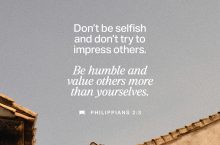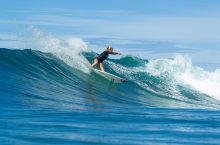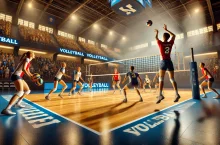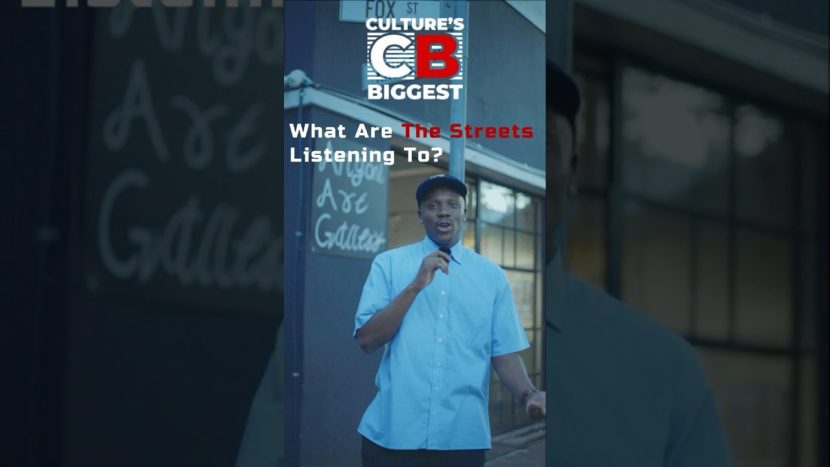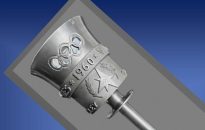For some, the sensory stimulation of skateboarding can be therapeutic and a way to connect with their fellow skateboarders.—– Listening to the streets They feel what the deck feels, find resistance from the surface, and even pick up on subtle shifts in sound to find-tune their moves in real time.For many, skateboarding is a unique […]


For some, the sensory stimulation of skateboarding can be therapeutic and a way to connect with their fellow skateboarders.—–
Listening to the streets
They feel what the deck feels, find resistance from the surface, and even pick up on subtle shifts in sound to find-tune their moves in real time.For many, skateboarding is a unique way to engage with the world. Unlike other sports that rely heavily on visual cues, skateboarders develop a deep connection to their surroundings through sound and touch. Interestingly, most of the skateboarders were against the idea of listening to music through headphones while skateboarding, viewing it as anti-social.
The skatesound paradox
The sounds and vibrations emanating from the urban surfaces – the “skatesound” – provide insights that are integral to the skateboarding experience.Alfie, a skilled skateboarder, spoke of how the rhythm and flow of skatesound made him a more empathetic person, helping him deal with anxiety and increasing his self-awareness of his neurodiversity.Skateboarding is more than just a sport; it’s a symphony of sounds and silence. A new study reveals that sound plays a critical and often overlooked role in how skateboarders interact with their craft.The sport for them is a communal activity, and wearing headphones disrupts the connection with the group and the overall experience.
The sound of inclusivity
The research sheds light on the underappreciated sensory element of skateboarding.However, those who chose to listen to music through headphones while skateboarding had their reasons. These sounds enable skateboarders to verify the success of their maneuvers, evaluate the suitability of surfaces for skating, and function as a social cue. The constant feedback loop between movement and skatesound not only sharpens their skills but also deepens their understanding of space, balance, and flow.
Listening to feel, not just to hear
—–For some, sound is an essential part of the experience, offering a therapeutic sensory aid, especially to those who identify as neurodiverse.This heightened sensory awareness makes skateboarding more than just a sport – it is an art form, a venue for self-expression, and for some, even a form of therapy.The study, led by Professor Brian Glenney and Dr. Max Boutin, revealed that the skateboard is not just a toy or sports object but an “ear beneath the feet.”Researchers from the University of Exeter, conducted interviews with 18 adult skateboarders aged between 19 and 51 from diverse geographies and experience levels. The study revealed that skatesound was an inclusive experience, offering engagement for some who may feel excluded by more traditional and regulated sports.
The auditory canvas of skateboarding
Dr. Paul O’Connor, one of the researchers, shared quotes from skateboarders who described the sound of skateboarding in sensory and graphic terms. They’re not simply making noise. Skateboarders are engaged in deep sensory learning, bonding with their friends, and perhaps, finding an unusual solace in an otherwise noisy world.Music helped with focus for some skateboarders, while headphones served as a social barrier for others – offering them an added layer of confidence.Surprisingly, skateboarders describe the sound of the sport as both abrasive and pleasant.
Skateboarding as a sensory experience
Skateboarders not only see their environment but also feel and hear it. Images and videos may show the spectacular stunts, but they don’t capture the whole experience.Like what you read? Subscribe to our newsletter for engaging articles, exclusive content, and the latest updates. Next time you hear the thrum of wheels on concrete and the clatter of a board hitting the pavement, consider the symphony of sounds that the skateboarders are attuning to. They used expressions like “clattering,” “an irritant,” “rolling, rough, smooth tickling in my ear,” and “rough and in your face. Loud in the best way.”The full study was published in the journal Sport in Society.Check us out on EarthSnap, a free app brought to you by Eric Ralls and Earth.com.The research also highlights some heartening stories from the skateboarders. The research also highlights some heartening stories from the skateboarders.



